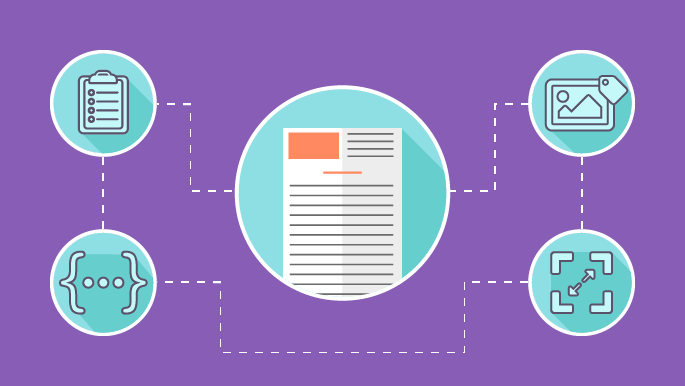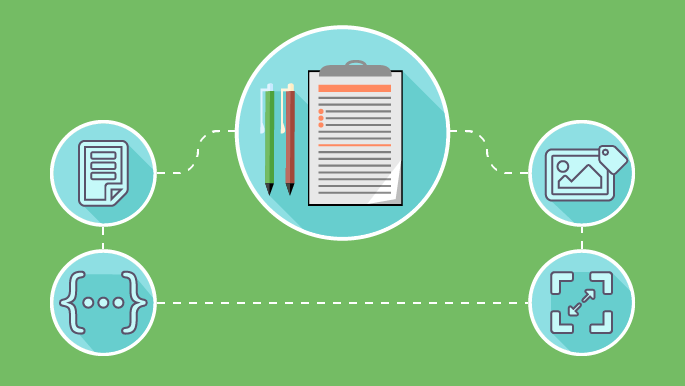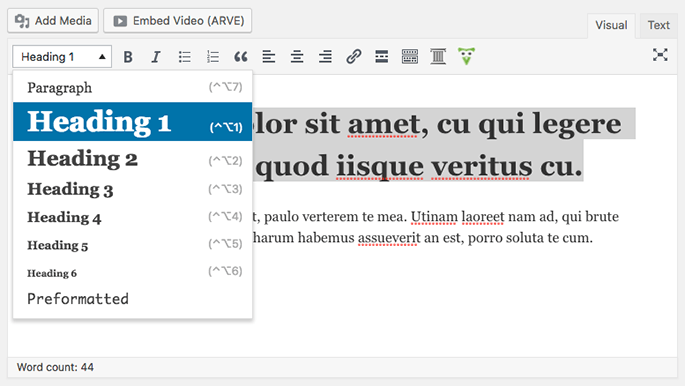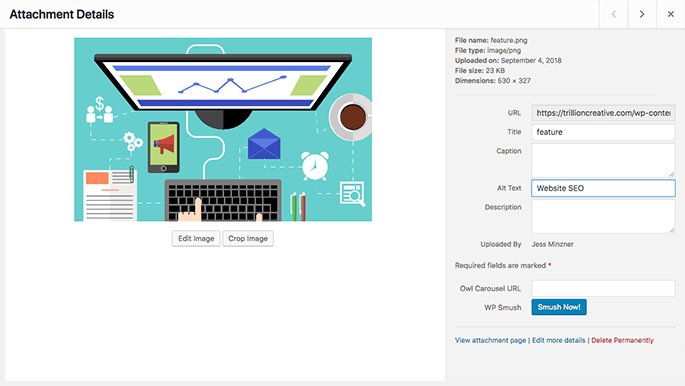Hot Tip: Plan your website with search engine optimization in mind.
I’m always surprised by how little effort many website owners and managers put into the care of their websites. In the movie Field of Dreams, a whispering voice famously says, “If you build it, he will come.” Unfortunately, I think many business owners feel the same way about their websites—if you build one, loads of visitors will come to it. But that’s rarely the case.
The fact is, a website requires some TLC and maintenance after it is designed, developed and launched for the world to see. Regardless of the size or complexity of your website, the items I’ve listed below are sure to add value to the pages of your website. Following through with these website management suggestions for your current and future pages will build value and attract even more visitors to your website.
If you’re not managing your website and leaving it up to your web design team, confirm exactly what they are doing to optimize it. Below are some initial things we are doing for our clients.
Important Website Management Processes You Need to Apply to Your Website
Strategize the Text and Content of Your Website’s Pages

Many times, when we see companies generating new content for their website, they fail to consider how to prepare the text to work more effectively and strategically for their business. You should have an understanding of what your prospects are searching for; as well as what their needs, wants and pain points are.
This means understanding your website analytics and how it ranks for specific words, terms and phrases. This information will help you make an informed decision on what and where you should be focusing your writing efforts.
Also consider how many web searches are occurring for your words and phrases. Target and focus on the optimizations that will yield the fastest results with the least amount of effort. We refer to this as low-hanging fruit. This process will help build momentum in ranking for more challenging words or phrases in the search results.
Categorize Website Text Appropriately

When you prepare text on a web page, you should be including headlines, subheads, and lists to help your visitors scan the content easily. Even more importantly, you need to get visitors to your web page first and categorizing your text will help present important information to search engines, such as Google. What I am referring to are “H tags” and “lists.” H tags and lists come in several varieties and are “wrapped around” the appropriate text on your web page for the benefit of search engines and search results.

How do you assign an H tag? In WordPress, simply highlight your headline or subhead and click the “style” dropdown to select Headline 1, Headline 2, Headline 3 etc. to tag and categorize the text appropriately. You can also view a code view of the text and include <h1> at the beginning of your headline and </h1> at the end of your headline.
Optimize Website Meta and Open Graph Data

Did you know that you can control what information is displayed in things like search results or on social media platforms like Facebook and Pinterest? Meta data (for search engines) and Open Graph data (for social media sharing) is specific information that is used to explain or highlight the content of a page. What’s more is that this meta data is extremely beneficial as a tool to present an abridged version of the page content to viewers.
Your meta data and open graph data should help those seeking your content to quickly get a glimpse of what to expect on a page. When you edit your meta data, you should be thinking of what is important to your prospective website visitors and prepare that content succinctly and appropriately—especially keywords and key phrases. A well respected and easy-to-use tool such as Yoast makes adding meta data and open graph data a breeze.
Include Alt Tags on Images

Images are great tools to help tell your story but search engines cannot de-code what is in them without added information. Additionally, those who are visually impaired require access technology to understand what is included in an image. Without alt tags, they are at a disadvantage.

Use alt tags to help describe an image. The alt tag is inserted similarly as the H tag mentioned above but the alt tag is meant to help explain what is included in the image. A Google image search will rely heavily on the alt tag to provide results to the user so depending on your product or service, this can be an invaluable tool for you.
Optimize Your Website Images

It’s easy to upload a high-resolution image to your website but it might not be the proper resolution or aspect ratio. It may be too large and cause delays for those loading your page on their phones. If your images are too large, Google may even penalize your website for it and list your website lower in the search results.
Making sure your images are no larger than they need to be is critical. You can use tools like Photoshop to determine the resolution and optimization of images before uploading to your website. Ultimately, you want the smallest file size you can achieve without losing image quality. It will take some experimenting but it is time well spent. There are also WordPress plugin tools such as WP Smush that help optimize images you upload to the site.
Improve the Value of Your Website
Taking the time to implement even a few of these website management strategies will yield results for you and your business. If you are looking for a website design team to perform a website audit and create something special for your company that’s fully optimized, reach out to us at 908.219.4703 or complete our contact form. Additionally, you can download our totally free website redesign checklist and gain some pointers before starting that process.







